Top hydraulic safety valve in China introduce,list main products and website if have
One of the top hydraulic safety valve manufacturers in China is Shanghai Ciphy Industry Co., Ltd. They specialize in the design and production of a wide range of hydraulic safety valves, including pressure relief valves, pilot operated safety valves, and hydraulic control valves. Their valves are widely used in various industries like oil and gas, chemical, and water treatment.
Some of their main products include:
1. Pressure relief valve – designed to protect the hydraulic system from overpressure by discharging excess fluid to maintain system stability.
2. Pilot operated safety valve – used for automatic pressure relief in hydraulic systems to prevent damage or accidents.
3. Hydraulic control valve – utilized for regulating the flow of fluid in hydraulic systems to ensure proper operation and efficiency.
Shanghai Ciphy Industry Co., Ltd. prides itself on producing high-quality hydraulic safety valves that meet international standards and provide reliable performance in various applications. For more information about their products and services, you can visit their website at www.ciphy.com.
Overall, Shanghai Ciphy Industry Co., Ltd. is recognized as a leading manufacturer of hydraulic safety valves in China, offering a diverse range of products and solutions to meet the needs of different industries. Their dedication to quality and customer satisfaction has earned them a strong reputation in the market.
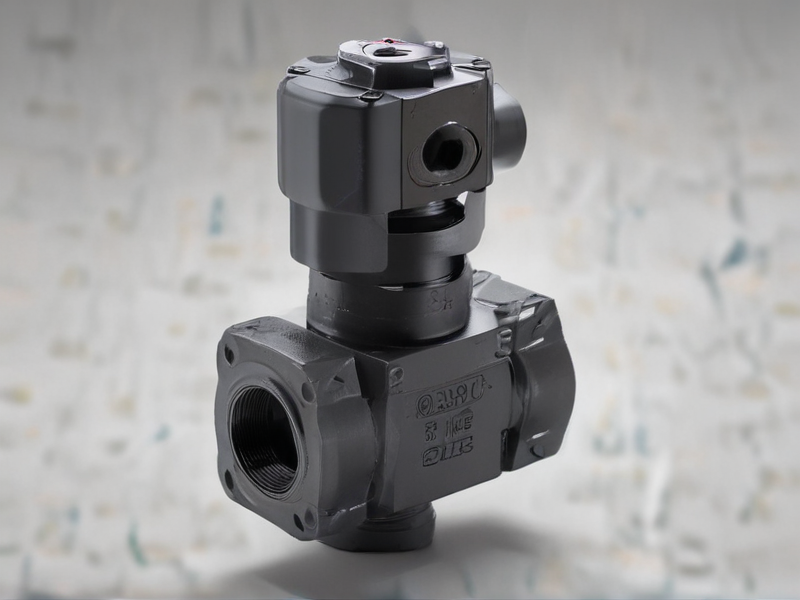
Types of hydraulic safety valve
There are several types of hydraulic safety valves that are commonly used in hydraulic systems to ensure the safe operation and prevent overpressure situations. Some of the most common types include:
1. Pressure relief valves: These valves are used to limit the maximum pressure in a hydraulic system by releasing excess pressure. They are typically spring-loaded and will open when the pressure exceeds a predetermined set value, allowing the fluid to flow out of the system and preventing damage to the equipment.
2. Sequence valves: Sequence valves are used to ensure that certain hydraulic components operate in a specific order. They are typically used in systems where it is critical that certain components do not operate before others, and they will only allow flow to pass through once the predetermined pressure has been reached.
3. Counterbalance valves: Counterbalance valves are used to control the speed and direction of hydraulic actuators, such as cylinders or motors. They are typically used in applications where there is a heavy load that needs to be controlled, and they prevent the load from dropping uncontrollably by maintaining pressure on the load side of the actuator.
4. Pilot-operated relief valves: Pilot-operated relief valves are similar to pressure relief valves, but they are operated using an external pilot pressure rather than a spring. This allows for more precise control over the pressure setting and can be used in applications where the pressure needs to be adjusted frequently.
Overall, the type of hydraulic safety valve used will depend on the specific requirements of the hydraulic system and the level of control needed to ensure safe operation. It is essential to carefully select the appropriate safety valve for each application to prevent damage to equipment and ensure the safety of personnel.
Pros and Cons of Using hydraulic safety valve
Hydraulic safety valves are essential components in hydraulic systems to protect against pressure spikes and prevent damage to equipment. Here are some pros and cons of using hydraulic safety valves:
Pros:
1. Safety: Hydraulic safety valves provide protection against overpressure situations, which can prevent catastrophic equipment failure and potential injuries to personnel.
2. Reliability: These valves are designed to automatically open and release excess pressure when the system reaches a predetermined level, ensuring the system operates within safe limits.
3. Cost-effective: By preventing damage to the hydraulic system and equipment, hydraulic safety valves can help reduce maintenance costs and downtime, leading to long-term cost savings.
4. Easy to install: Most hydraulic safety valves are relatively easy to install and can be integrated into existing hydraulic systems without significant modifications.
5. Versatility: Hydraulic safety valves come in various sizes and pressure ratings, making them suitable for a wide range of applications in different industries.
Cons:
1. Limited effectiveness: While hydraulic safety valves are essential in preventing catastrophic failures, they may not be able to protect against all types of pressure fluctuations or system malfunctions.
2. Maintenance: Like any other mechanical component, hydraulic safety valves require regular maintenance and inspections to ensure proper functioning, which can add to the overall operational costs.
3. Pressure drop: In some cases, hydraulic safety valves can result in a slight pressure drop in the system when they open to release excess pressure, which can affect the overall performance of the system.
4. Complexity: Depending on the design and type of hydraulic safety valve, some may be more complex to install and maintain, requiring specialized knowledge and expertise.
In conclusion, hydraulic safety valves offer significant benefits in protecting hydraulic systems and equipment from overpressure situations. However, they also come with some limitations and maintenance requirements that should be considered when incorporating them into a hydraulic system.
hydraulic safety valve Reference Specifications (varies for different product)
Hydraulic safety valves are essential components in hydraulic systems to protect against overpressure situations that could potentially cause damage or injury. The reference specifications for hydraulic safety valves can vary depending on the specific product and application. However, some common specifications that are frequently found include:
1. Pressure Rating: Hydraulic safety valves are rated to operate within a specific pressure range. The pressure rating should be matched to the maximum operating pressure of the hydraulic system to ensure proper protection.
2. Flow Rate: The flow rate of the hydraulic safety valve should be sufficient to handle the maximum flow rate of the hydraulic system. It is important to ensure that the valve can handle the volume of fluid passing through it without causing a pressure buildup.
3. Material: The material of construction for the hydraulic safety valve is crucial to ensure compatibility with the fluid and environmental conditions. Common materials include stainless steel, brass, and aluminum.
4. Certifications: Some hydraulic safety valves may require specific certifications to ensure they meet certain industry standards and regulations. Examples include ISO, CE, or API certifications.
5. Size: The size of the hydraulic safety valve should be matched to the size of the hydraulic system it is protecting. Proper sizing is essential to ensure effective pressure relief.
It is important to consult the manufacturer’s specifications and guidelines for the specific hydraulic safety valve being used to ensure proper installation and operation. Regular maintenance and testing of hydraulic safety valves are also recommended to ensure they are functioning correctly and providing the necessary protection.
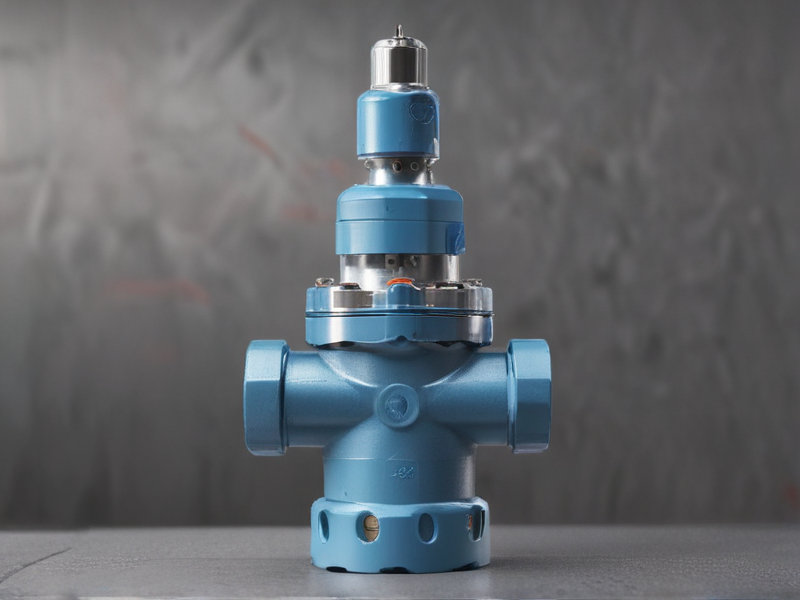
Applications of hydraulic safety valve
Hydraulic safety valves are commonly used in various industries to ensure the safe operation of hydraulic systems. These valves are designed to protect the system from overpressure and prevent potential damage or failure. Here are some key applications of hydraulic safety valves:
1. Hydraulic power units: Hydraulic safety valves are used in hydraulic power units to prevent overpressure in the system. This helps to protect the components of the hydraulic system from damage and ensures the safe and efficient operation of the equipment.
2. Industrial machinery: Hydraulic safety valves are essential components in industrial machinery such as presses, cranes, and hydraulic lifts. These valves help to prevent overpressure in the hydraulic system, which could lead to equipment malfunction or failure.
3. Construction equipment: Hydraulic safety valves are also used in construction equipment such as excavators, bulldozers, and cranes. These valves help to maintain the pressure within safe limits, ensuring the efficient and safe operation of the equipment on construction sites.
4. Agricultural machinery: Hydraulic safety valves are commonly used in agricultural machinery such as tractors, harvesters, and irrigation systems. These valves help to protect the hydraulic system from overpressure, ensuring the reliable operation of the equipment in agricultural settings.
5. Aerospace industry: Hydraulic safety valves are crucial components in aircraft hydraulic systems. These valves help to maintain the pressure within safe limits, ensuring the safety and reliability of the hydraulic systems in aircraft.
Overall, hydraulic safety valves play a critical role in various industries to prevent overpressure and ensure the safe operation of hydraulic systems. By installing these valves, operators can protect their equipment, ensure the safety of personnel, and prevent costly downtime due to system failures.
Material of hydraulic safety valve
Hydraulic safety valves are crucial components in hydraulic systems to prevent overpressure situations that could potentially lead to equipment failure or accidents. The material of the safety valve is carefully selected to ensure proper functioning and durability in demanding hydraulic applications.
Common materials used for hydraulic safety valves include stainless steel, brass, and carbon steel. Stainless steel is a popular choice for its corrosion resistance and durability, making it suitable for harsh environments. Brass is another commonly used material due to its good machinability and corrosion resistance. Carbon steel is preferred for its strength and reliability in high-pressure applications.
The material selection for a hydraulic safety valve is dependent on various factors such as the operating pressure, temperature, fluid compatibility, and maintenance requirements. It is important to choose a material that can withstand the specific conditions of the hydraulic system to ensure long-term performance and safety.
In addition to the material of the safety valve body, the internal components such as the spring, seals, and piston may also be made from different materials to ensure proper function and sealing under pressure. It is crucial to use high-quality materials and components in hydraulic safety valves to guarantee reliable operation and prevent costly downtime or accidents.
Overall, the material of a hydraulic safety valve plays a significant role in its performance and longevity. Proper material selection based on the specific requirements of the hydraulic system is essential to ensure the safety and efficiency of the equipment.
Quality Testing Methods for hydraulic safety valve and how to control the quality
There are several quality testing methods for hydraulic safety valves that can ensure their proper functioning and reliability. Some of the common methods include:
1. Pressure testing: This involves subjecting the safety valve to various pressure levels to ensure that it can withstand the specified pressure without leaking or malfunctioning.
2. Flow testing: This test evaluates the flow rate and capacity of the safety valve to ensure that it can effectively relieve pressure in case of an emergency.
3. Leak testing: This method involves pressurizing the valve and checking for any leaks or abnormalities in the sealing mechanism.
4. Functional testing: This test evaluates the overall functionality of the safety valve under different operating conditions to ensure that it can perform as expected.
To control the quality of hydraulic safety valves, manufacturers can implement the following measures:
1. Strict quality control procedures: Implementing strict quality control procedures throughout the manufacturing process can help ensure that the valves meet all the specifications and standards.
2. Regular inspection and maintenance: Regular inspection and maintenance of the safety valves can help identify any potential issues or defects before they lead to failures.
3. Training and certification: Providing proper training to employees involved in the manufacturing and testing of safety valves can help maintain consistency and quality in the production process.
By implementing these quality testing methods and control measures, manufacturers can ensure that hydraulic safety valves meet the required safety standards and provide reliable performance in critical applications.
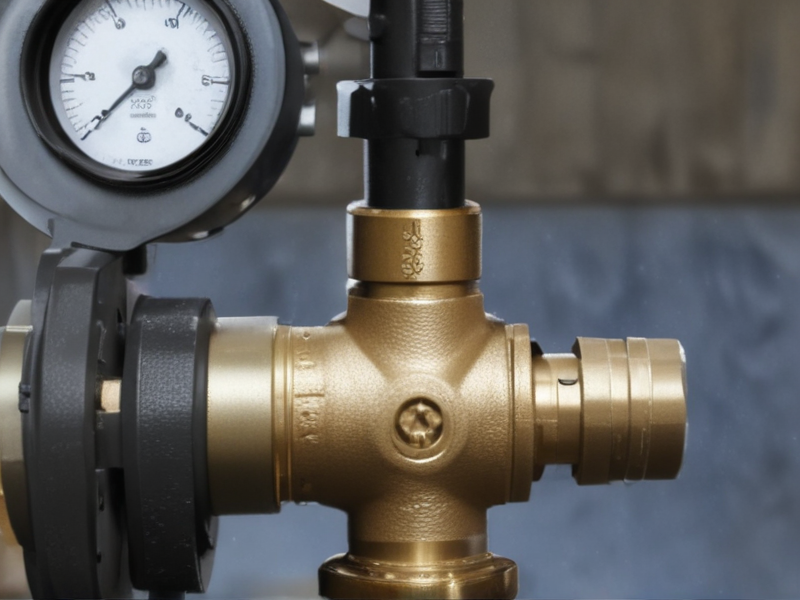
The Work Process and how to use hydraulic safety valve
A hydraulic safety valve is a critical component in hydraulic systems to prevent damage due to overpressure. Here is a general overview of the work process and how to use a hydraulic safety valve effectively.
1. Installation: The hydraulic safety valve should be installed in the system in such a way that it can quickly relieve pressure when needed. It should be placed close to the pump or actuator to ensure quick response.
2. Setting the pressure: The hydraulic safety valve should be set to the maximum allowable pressure for the system. This pressure can vary based on the equipment and application, so it is important to consult the manufacturer’s guidelines.
3. Testing: Before putting the system into operation, the hydraulic safety valve should be tested to ensure it functions properly. This can be done by slowly increasing the pressure in the system while monitoring the valve for proper relief.
4. Monitoring: It is crucial to regularly monitor the hydraulic system and the safety valve to ensure they are in good working condition. Any signs of malfunction should be addressed immediately to prevent potential damage.
5. Maintenance: Regular maintenance of the hydraulic safety valve is essential to keep it functioning properly. This may include cleaning, inspecting for wear and tear, and replacing any damaged parts.
In conclusion, a hydraulic safety valve is a crucial component in hydraulic systems to prevent damage due to overpressure. By following proper installation, setting, testing, monitoring, and maintenance procedures, the hydraulic safety valve can effectively protect the system and ensure safe operation.
hydraulic safety valve Importing questions including Cost,Supplier,Sample,Certification and Market
When it comes to importing hydraulic safety valves, there are several important factors to consider.
Cost: The cost of importing hydraulic safety valves can vary depending on factors such as the type and quantity of valves being purchased, shipping costs, and any applicable tariffs or duties. It is important to obtain quotes from multiple suppliers to ensure you are getting the best possible price.
Supplier: It is crucial to choose a reputable and reliable supplier when importing hydraulic safety valves. Look for suppliers with a track record of quality products and on-time delivery. You may also want to consider working with a supplier who offers additional services such as product customization or technical support.
Sample: Before placing a large order, it is a good idea to request samples of the hydraulic safety valves you are considering importing. This will allow you to evaluate the quality and performance of the valves before making a larger purchase.
Certification: It is important to ensure that the hydraulic safety valves you are importing meet all necessary certification and safety standards. Look for valves that are certified by relevant regulatory bodies in your country or region.
Market: Before importing hydraulic safety valves, it is important to research the market demand for these products. Consider factors such as competition, pricing, and potential sales channels to ensure a successful import operation.
Overall, importing hydraulic safety valves can be a profitable venture if done carefully and with proper planning. By considering factors such as cost, supplier quality, samples, certification, and market demand, you can make informed decisions and ensure a successful importation process.
How to find and select check reliable hydraulic safety valve manufacturers in China
When looking for reliable hydraulic safety valve manufacturers in China, there are a few steps you can take to ensure you find a trustworthy and high-quality supplier.
1. Research: Start by researching manufacturers online using search engines, business directories, and trade websites. Look for manufacturers with good ratings, reviews, and a strong reputation in the industry.
2. Verification: Verify the manufacturer’s credentials, certifications, and industry affiliations. Make sure they have the necessary quality control measures in place to ensure the safety and reliability of their products.
3. Communication: Reach out to the manufacturer directly to discuss your requirements, ask for product samples, and inquire about their manufacturing process, quality control procedures, and lead times. Good communication is key to establishing a strong relationship with a manufacturer.
4. Visit: If possible, arrange a visit to the manufacturer’s facility to see their production process firsthand, meet the team, and inspect the quality of their products.
5. Request Quotes: Once you have narrowed down your list of potential manufacturers, request quotes from each one, comparing prices, lead times, and any additional services they offer.
6. Sample Testing: Before placing a bulk order, request samples of the hydraulic safety valves to test their performance, durability, and compatibility with your equipment.
7. Choose a Reliable Supplier: Finally, choose a manufacturer that meets your requirements in terms of quality, price, lead times, and customer service. Establish clear communication channels and a solid partnership to ensure a successful and long-term business relationship.
Background Research for hydraulic safety valve manufacturers Companies in China, use qcc.com archive.org importyeti.com
When looking for hydraulic safety valve manufacturers in China, QCC.com is a comprehensive online platform that provides a list of verified suppliers. This website enables potential buyers to easily filter and search for specific products, including hydraulic safety valves, from manufacturers based in China.
Archive.org can be used to access historical data and information about various manufacturers. By reviewing the archived content of a company’s website, it is possible to gain insights into their experience, products, and certifications related to hydraulic safety valves. This can help in assessing the credibility and reliability of potential manufacturers.
Importyeti.com is a useful tool for tracking import activities of businesses, including hydraulic safety valve manufacturers in China. By analyzing import data on this platform, one can identify the key players in the industry, their trading partners, and the volume of hydraulic safety valves being imported. This information can be valuable in understanding the market dynamics and competitiveness of different manufacturers.
By utilizing these online resources, buyers can gather relevant information on hydraulic safety valve manufacturers in China to make informed decisions. It is essential to consider factors such as reputation, product quality, pricing, and certifications when selecting a manufacturer for hydraulic safety valves.
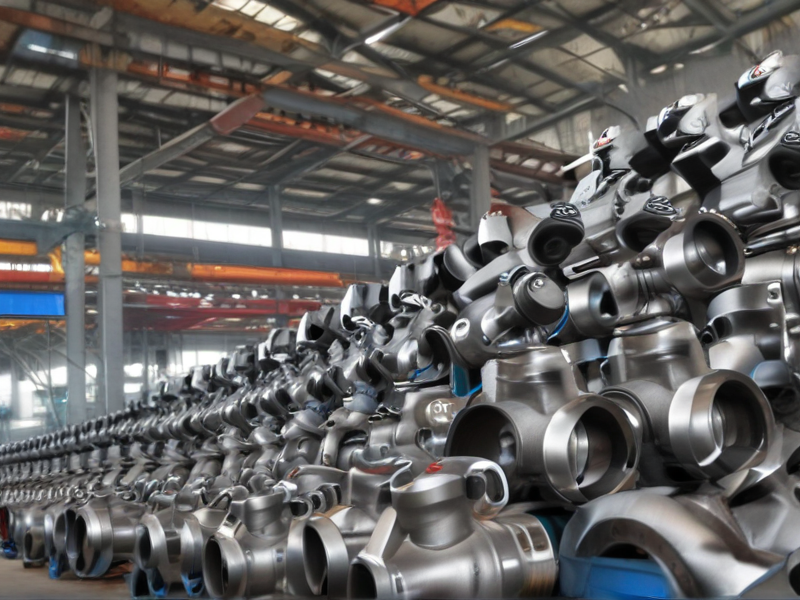
Price Cost Research for hydraulic safety valve manufacturers Companies in China, use temu.com and 1688.com
In conducting price cost research for hydraulic safety valve manufacturers in China, two popular platforms to use are temu.com and 1688.com. These websites provide a wide range of suppliers and products, making them excellent resources for gathering pricing information on hydraulic safety valves.
To begin your research, you can search for hydraulic safety valve manufacturers on both temu.com and 1688.com. Take note of the different suppliers available and their respective product offerings. You can then compare the prices of similar hydraulic safety valves across different suppliers to get an idea of the average cost in the market.
Additionally, it is vital to factor in other costs such as shipping and import duties when assessing the overall pricing. Some suppliers may offer lower prices for the valves but higher shipping fees. Be sure to consider all these costs to accurately determine the final pricing.
Furthermore, reaching out to suppliers directly can also help in negotiating better prices for bulk orders. Many manufacturers on these platforms are willing to provide custom quotes based on the quantity of the order.
Overall, by using temu.com and 1688.com to research prices for hydraulic safety valve manufacturers in China, you can gain valuable insights into the market trends and make informed decisions when sourcing these products.
Shipping Cost for hydraulic safety valve import from China
The shipping cost for importing hydraulic safety valves from China can vary depending on a few factors.
Firstly, the weight and dimensions of the package will play a significant role in determining the shipping cost. Hydraulic safety valves can be heavy and bulky items, which may result in higher shipping fees.
Additionally, the shipping method chosen will also impact the cost. Options such as air freight, sea freight, or express courier services like DHL or FedEx will all come with different price points. Air freight is generally the fastest but the most expensive option, while sea freight is slower but more cost-effective for larger shipments.
Customs duties and taxes may also need to be factored into the overall shipping cost. Importing hydraulic safety valves into your country may incur additional fees that will need to be paid upon delivery.
To try and keep the shipping cost under 300 words, it is recommended to compare quotes from different shipping carriers and choose the most cost-effective option for your specific needs. It is also important to work with a reliable and experienced freight forwarder to ensure a smooth and efficient shipping process.
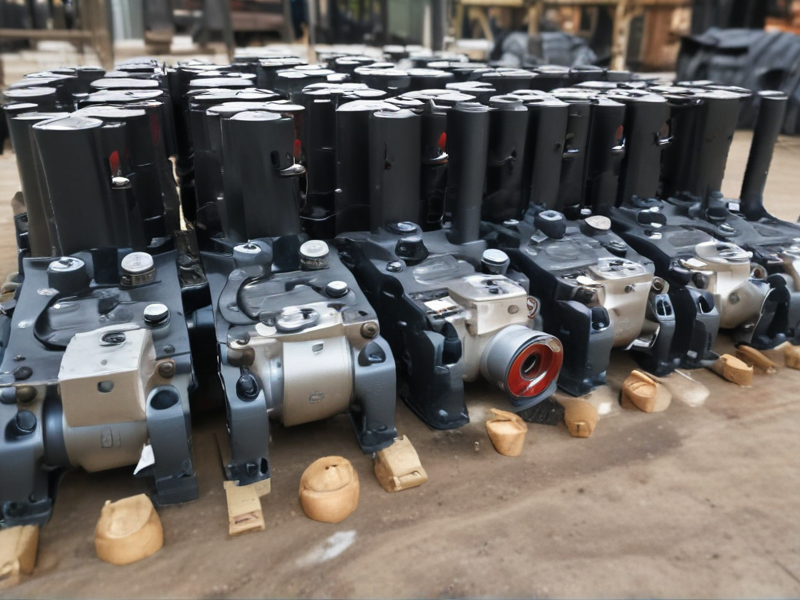
Compare China and Other hydraulic safety valve Markets: Products Quality and Price,Visible and Hidden Costs
China is a leading manufacturer of hydraulic safety valves, offering a wide range of products with varying quality and price points. While some Chinese hydraulic safety valves are known for their lower prices, there are also high-quality options available that are competitive with other international markets.
In comparison to other markets, such as Europe and the United States, Chinese hydraulic safety valves may have lower visible costs due to their lower production and labor costs. However, there may be hidden costs associated with the quality of materials used or the manufacturing process, which can impact the overall performance and longevity of the product.
In terms of product quality, Chinese hydraulic safety valves can vary significantly depending on the manufacturer. Some Chinese brands have built a reputation for offering reliable and durable products that meet international standards. However, there are also lower-quality options available in the market that may not offer the same level of safety or performance.
When comparing prices, Chinese hydraulic safety valves can often be more affordable than those produced in other markets. This can be a significant advantage for buyers looking to save on costs without compromising on quality. However, it is important to consider the overall value of the product, including visible and hidden costs, when making a purchasing decision.
Overall, while China offers a wide range of hydraulic safety valves at competitive prices, buyers should carefully evaluate the quality of the product and consider any potential hidden costs before making a decision. By taking these factors into account, buyers can ensure they are getting the best value for their money when purchasing hydraulic safety valves.
Custom Private Labeling and Branding Opportunities with Chinese hydraulic safety valve Manufacturers
Chinese hydraulic safety valve manufacturers offer custom private labeling and branding opportunities for businesses looking to create their own unique products. Whether you are a distributor, retailer, or OEM, working with a Chinese manufacturer allows you to create products that are tailored to your specifications and branding requirements.
By partnering with a Chinese manufacturer, you can leverage their expertise in producing high-quality hydraulic safety valves while customizing the product to meet your specific needs. This includes adding your company logo, colors, packaging, and other branding elements to create a product that stands out in the market.
Chinese manufacturers also offer competitive pricing and flexible MOQs, making it easier for businesses of all sizes to create custom products without breaking the bank. In addition, many manufacturers have experience working with international clients and can provide support with logistics, shipping, and other aspects of the manufacturing process.
Overall, partnering with a Chinese hydraulic safety valve manufacturer for custom private labeling and branding opportunities can help you differentiate your products in the market, enhance your brand image, and meet the specific needs of your customers. Consider exploring these opportunities to take your business to the next level.
Tips for Procurement and Considerations when Purchasing hydraulic safety valve
1. Determine the specific requirements and specifications needed for the hydraulic safety valve, such as pressure rating, flow capacity, and connection type.
2. Research reputable suppliers or manufacturers who offer hydraulic safety valves that meet your requirements and have a positive track record of quality and reliability.
3. Consider the application and environment in which the hydraulic safety valve will be used. Ensure the valve is suitable for the intended use and can withstand the operating conditions.
4. Check for certifications and compliance with industry standards to ensure the hydraulic safety valve meets safety and performance requirements.
5. Compare prices from different suppliers to ensure you are getting a competitive price for the valve without compromising on quality.
6. Consider the availability of spare parts and technical support for the hydraulic safety valve to ensure timely maintenance and repairs when needed.
7. Consult with a hydraulic system expert or engineer to ensure the proper selection and installation of the hydraulic safety valve for optimal performance.
8. Test the hydraulic safety valve before installation to verify its functionality and performance to prevent any potential safety risks.
By following these tips and considerations, you can make an informed decision when purchasing a hydraulic safety valve for your procurement needs.
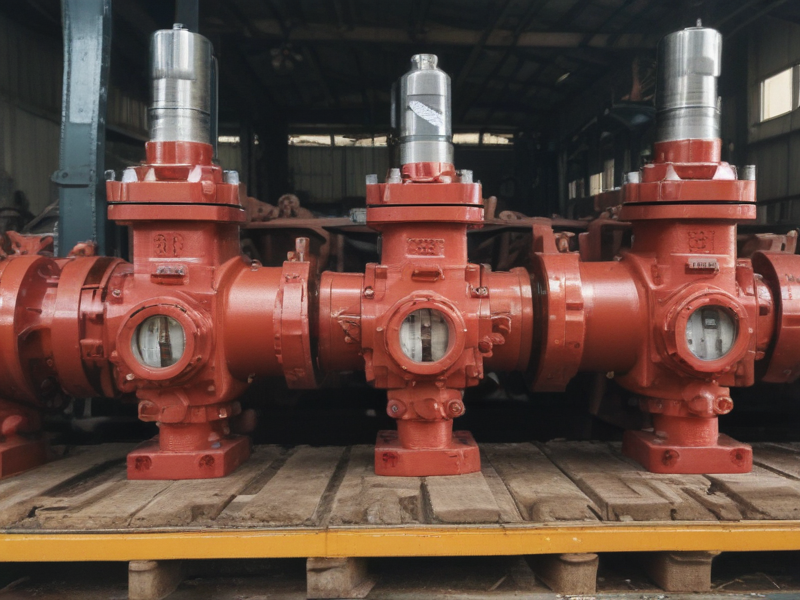
FAQs on Sourcing and Manufacturing hydraulic safety valve in China
1. Why should I consider sourcing hydraulic safety valves from China?
China’s manufacturing industry is known for its cost-effectiveness and superior quality products. By sourcing from China, you can benefit from competitive pricing, access to a wide range of suppliers, and efficient manufacturing processes.
2. How can I ensure the quality of hydraulic safety valves manufactured in China?
When sourcing hydraulic safety valves from China, it is important to work with reputable suppliers who have a track record of delivering high-quality products. You can also conduct factory audits, request product samples, and perform quality control inspections to ensure the valves meet your specifications.
3. What are the lead times for manufacturing hydraulic safety valves in China?
Lead times for manufacturing hydraulic safety valves in China can vary depending on the complexity of the product and the production capacity of the supplier. It is important to discuss lead times with your supplier upfront to ensure timely delivery of the valves.
4. Are there any regulations or certifications I should be aware of when sourcing hydraulic safety valves from China?
When sourcing hydraulic safety valves from China, it is important to ensure that the valves comply with relevant industry standards and certifications, such as ISO 9001 or CE certification. Working with suppliers who are compliant with these regulations can help ensure the safety and quality of the valves.
5. How can I find reliable suppliers for hydraulic safety valves in China?
To find reliable suppliers for hydraulic safety valves in China, you can use online sourcing platforms, attend trade shows and exhibitions, or work with sourcing agents or consultants who have experience in the industry. It is important to conduct thorough research and due diligence before selecting a supplier to ensure they meet your requirements.
Why contact sourcifychina.com get free quota from reliable hydraulic safety valve suppliers?
It is important to contact sourcifychina.com to get a free quota from reliable hydraulic safety valve suppliers because they have access to a wide network of trusted suppliers in China. By sourcing through sourcifychina.com, you can be confident that you are working with reputable suppliers who provide high-quality products at competitive prices.
Sourcifychina.com has a team of experts who can help you find the best hydraulic safety valve suppliers that meet your specific requirements. They can also assist you in negotiating prices, managing the production process, and ensuring that the products are delivered on time.
By getting a free quota from reliable hydraulic safety valve suppliers through sourcifychina.com, you can save time and effort in searching for suppliers on your own. You can also benefit from their expertise in sourcing products from China and their ability to identify trustworthy suppliers.
Overall, contacting sourcifychina.com to get a free quota from reliable hydraulic safety valve suppliers is a smart decision for businesses looking to streamline their sourcing process and work with reputable suppliers in China. With their help, you can find the best suppliers for your needs and ensure that your products meet the highest standards of quality and safety.
